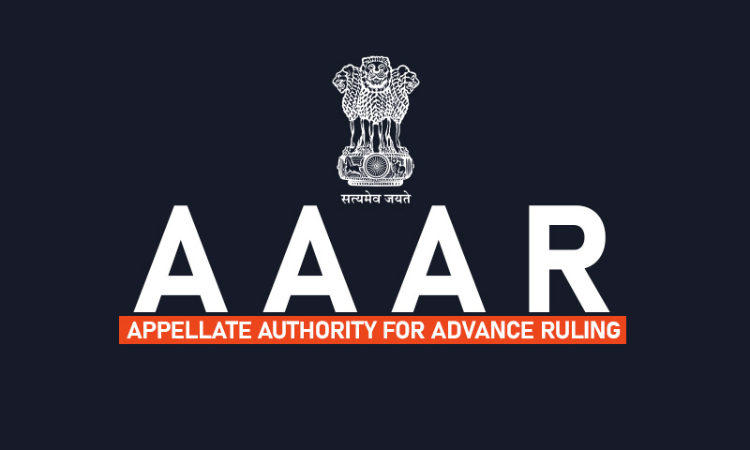Parathas Different from Plain Chapatti, Attracts 18% GST: Gujarat AAAR
Mariya Paliwala
13 Oct 2022 9:00 AM IST

Next Story
13 Oct 2022 9:00 AM IST
The Gujarat Appellate Authority of Advance Ruling (AAAR), while upholding the ruling of AAR, has held that 18% GST is applicable on parathas.The two-member bench of Vivek Ranjan and Milind Torawane has observed that the parathas are different from plain chapatti or roti and cannot be treated as or covered under the category of plain chapatti or roti. The appropriate classification of...
